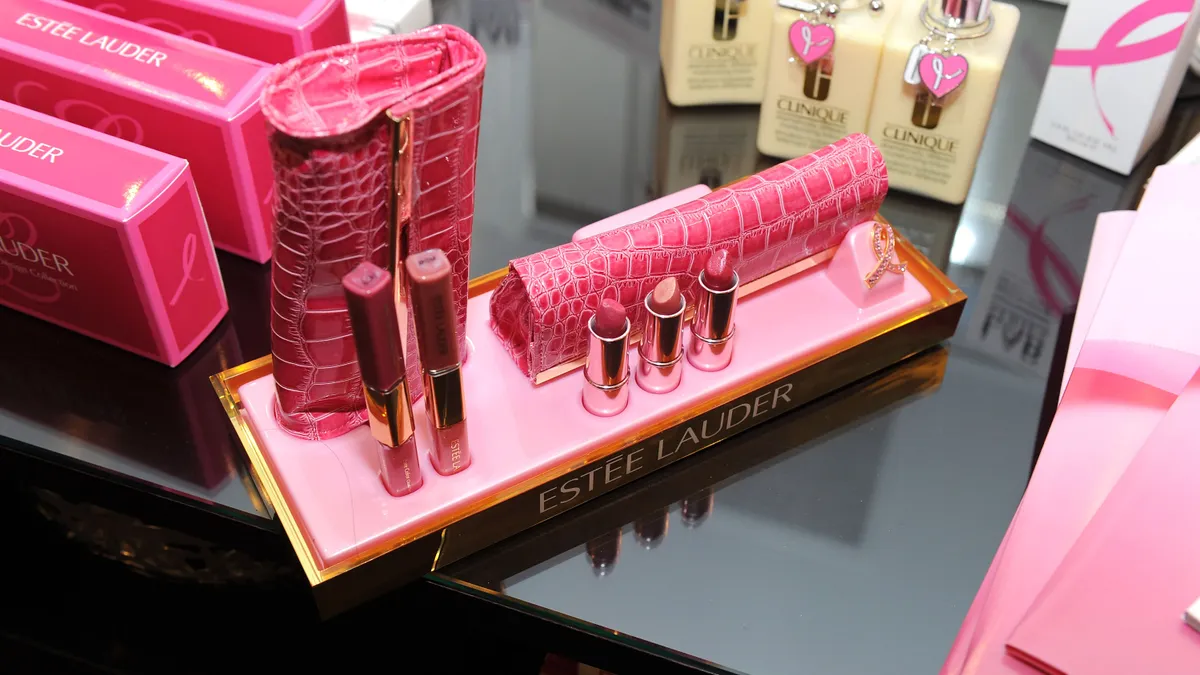Dive Brief:
- The Estée Lauder Cos. has rolled out an integrated business planning process globally to drive inventory improvements, according to a May 1 earnings call.
- As part of the new process, the cosmetics company is leveraging planning technologies like artificial intelligence to statistically improve forecast accuracy, and more dynamically position or deploy inventory.
- “Our enterprise-wide integrated business planning will serve as the foundation to drive better demand planning and reduce excess and obsolescence,” President and CEO Fabrizio Freda told analysts.
Dive Insight:
Estée Lauder’s integrated business planning process aims to unlock cost supply chain and inventory efficiencies, Freda said in November.
The process leverages several tools the company has invested in the past few years, EVP and CFO Tracey Travis told analysts in November. The operational changes aim to improve forecast accuracy and include some of the “commercial drivers” behind the company’s business.
Estée Lauder did not immediately reply to a request for comment.
After facing product shortages and other supply chain challenges, pandemic-driven disruption led companies to overbuy and overproduce inventory in 2022. But then consumer behavior changed due to inflation and other global turmoil, and businesses were suddenly left with a mountain of excess inventory. As retailers look to pare down inventory glut, many are investing in technology like AI to sharpen inventory planning and demand forecasts.
Adopting an integrated business process is one of several efforts the cosmetics giant has recently undertaken to optimize its supply chain operations.
In September 2023, Estée Lauder hired Quentin Roach as its new chief procurement officer to oversee the company’s strategic supplier relationships. And after noticing the company's plants have been running at reduced capacity, the company is taking action to realign shipping schedules, among other efforts, Freda said in the earnings call.













